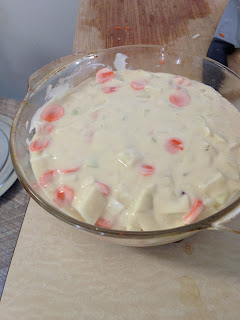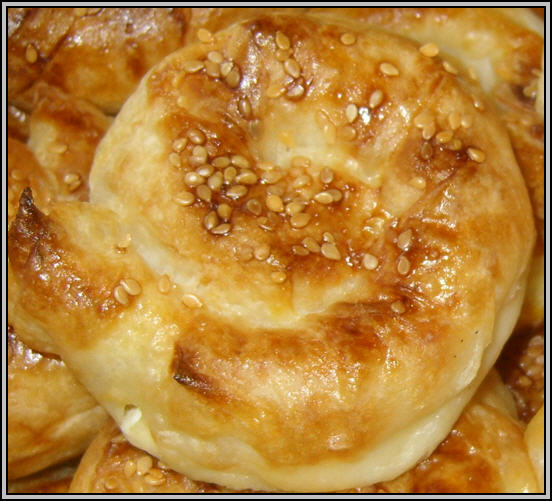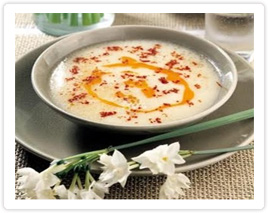I have started
prepping for my upcoming trip to Turkey, and besides buying gifts, I'm starting to make a list of all the things I need to
accomplish before I get on that plane, as well as everything I hope to do while
in Turkey.
Besides work and
school requirements that consistently hover in the background and foreground of
my life, for the past several months wedding planning has really gotten
underway. I have many 'party-planning'
duties (or decisions) I need to take care of here in the USA, and in Turkey as
well.
 |
Many little girls
dream of their wedding day. They may
draw pictures of themselves as a bride in a beautiful, white princess gown, or imagine all the special moments, or start
collecting items for their future home.
I was not one of
those little girls.
The only time I can
recall my younger self dreaming about a wedding was after a trip to India. "I want an Indian wedding!" I told my mother after I came home. The colors, the music, the procession, the
henna night and the celebration - I loved this idea of a wedding. But my destiny was not to have this type of
wedding. I am an American and thus
American wedding it is (and now, a Turkish wedding as well - so I get my henna
night after all!)
When I actually
became engaged to H. and the prospect of planning a wedding became a reality, I
told everyone "I just want a simple wedding". Little did I know that my idea of a
"simple wedding" was an oxymoron.
A true simple wedding would be driving to city hall and saying "I
do" with two witnesses and a couple of signatures (which I have often
contemplated doing in recent weeks).
My false hope of
simplicity was having a family affair, in an outdoor setting, with tasteful
food and a informal attire. It seemed so
simple - as in "not fancy" - but the reality is "not fancy"
does not equal simplicity. There are so
many details, so many decisions and so many expectations that come with a
wedding. Unfortunately, all of these
many different components, along with my ill-defined concept of simplicity,
have led to several explosions in the wedding planning process.
At this point I have
come to terms that my wedding will not be simple, and I will have to compromise
with family wishes for certain traditions and details that they feel are
important. I also have to accept that I
am not so simple and that my family is not so simple as well - differing world
views and values are at the core of many of our complications. They are who they are, and I am who I am -
but, in the end we all love each other and hopefully that is enough to accept
was is.
Throughout this
mentally-challenging American process I have held the hope that wedding
planning in Turkey will be different.
(See we will be having TWO weddings…not so simple at all.) As I have learned through H. and his family,
wedding are typically at a local salon and that there are far fewer decisions
that have to be made (as compared to American weddings). The wedding is fairly standard with some
minor personal details. You see - I
don't think they have The Knot, or all
the thousands of wedding websites that explain just how important it is for you
to personalize every wedding detail down to the cocktail napkins.
 |
| Cocktail napkins like these... |
With a Turkish
marriage there is more focus on "opening" a house or apartment. The couple are moving in together and they
need to create a home. This home is
prepared with all new furniture, appliances, curtains and all the appropriate
accessories in advance of the wedding.
The night of the wedding, the couple arrive exhausted to their new home
with a full fridge and all the details in place. In Turkey, the real money is spent in
prepping the house for a lifetime and not
on flowers that die the next day or little matchbooks that say your name and
wedding date for all the guests to take home and remember the special day.
Well I guess I am
blatantly showing my bias here (and overstating some of the details a bit, if I
may).
Through my
experience thus far, I am realizing that the 'typical' American wedding is
primarily a reflection of our consumer culture and an exaggeration of etiquette
and tradition (the average cost of an American wedding is around $27,000!!!!!!). But, but, but...perhaps
it doesn't have to be so. By trying to
keep our purchases local and straightforward, H. and I are trying to needle out
some of the blatant consumerism. We are
trying to keep the day real and true to ourselves, which means a little
Turklish, with a combination of American customs and some added Turkish
details.
To be fair, our
Turkish wedding may not be as easy and simple to plan as I am envisioning - I
shall soon find out.
During our trip this
December-January we will be making decisions with regard to our upcoming
wedding - what food and beverages will be served, what invitations we will
order, who will play the music, and more.
The "more" will hopefully not be too difficult. At least I can sit back and ride through this
one - my Turkish is in no condition for negotiations. I'll let conventions be what they are and
I'll keep the decision making easy and straight forward. Or so I hope.































